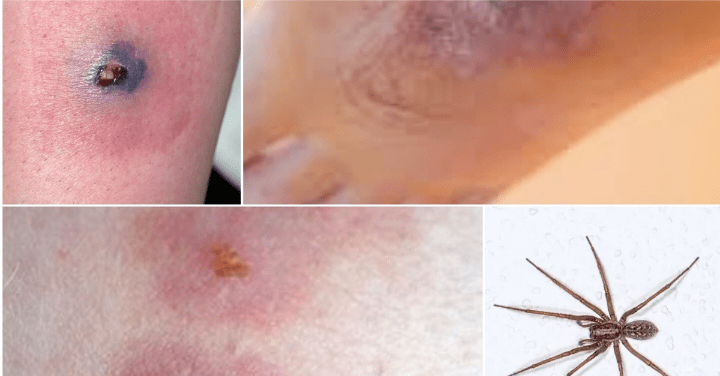The hobo spider (Eratigena agrestis) is a common house spider. It is found in the Pacific Northwest of the United States and parts of Europe.
These spiders are often brown with a distinct herringbone pattern on their abdomen. They can be mistaken for the brown recluse spider.
Hobo spiders typically live in dark, undisturbed areas such as basements, garages, and crawl spaces. They spin funnel-shaped webs to trap insects
Are Hobo Spider Bites Dangerous?
For many years, people believed the hobo spider bite caused serious skin necrosis (tissue death). It was thought to be similar to the bite of a brown recluse.
But, recent medical research shows that hobo spider venom is not as dangerous as once thought. Most bites result in mild symptoms and heal without complications.
Common Symptoms of a Hobo Spider Bite
If you are bitten by a hobo spider, symptoms may vary depending on your body’s reaction. Typical hobo spider bite symptoms include:
- Redness or swelling around the bite area
- A mild burning or itching sensation
- Pain or tenderness within a few hours
- A small blister or raised bump at the bite site
In very rare cases, you might experience headache, fatigue, or nausea, but these symptoms are uncommon.
Hobo Spider Bite Pictures and Identification
While this article can’t include actual hobo spider bite pictures, you can look for:
- A single red, swollen spot (not multiple bites like fleas or bedbugs)
- The absence of two distinct fang marks in most cases
- No severe ulceration or open wound in typical bites
Hobo Spider Bite Treatment
If you think you’ve been bitten by a hobo spider, follow these first aid steps immediately:
- Clean the bite area with mild soap and warm water.
- Apply a cold compress or ice pack for 10 minutes to reduce swelling.
- Avoid scratching or pressing on the bite.
- Take over-the-counter pain relief (like ibuprofen or acetaminophen).
- Use antihistamines to ease itching if necessary.
How to Prevent Hobo Spider Bites
Preventing hobo spider bites is easier than treating one. Follow these home protection tips:
- Keep your home clean and clutter-free, especially basements and storage areas.
- Seal cracks and gaps around doors, windows, and foundations.
- Shake out clothing, shoes, or bedding before use if stored for long periods.
- Store firewood and boxes away from living spaces.
- Consider using spider repellents or sticky traps in problem areas.
Conclusion
While the hobo spider bite has an intimidating reputation, modern studies show that these bites are usually harmless and non-necrotic.
Instantly cleaning, cold compresses, and medical evaluation ensure quick recovery.
By following simple prevention steps, you can reduce your risk of spider bites and keep your home spider-free.
